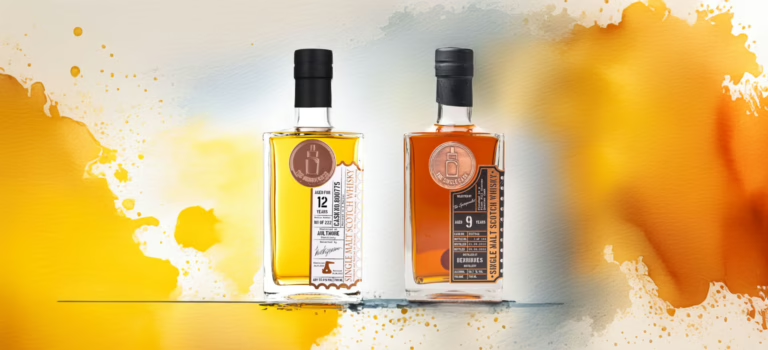The Single Cask Ltd. is a whisky shop, bar, and independent bottling company led by Ben Curtis, with operations in London and Singapore. Specialising in single cask whiskies – both single malt and single grain – bottled at natural cask strength. The independent bottling part was founded in 2010 and the Singapore bar opened in 2015. We review two single casks from… The Single Cask Ltd. , a Benrinnes 2012 and an Aultmore 2010.
Read more








